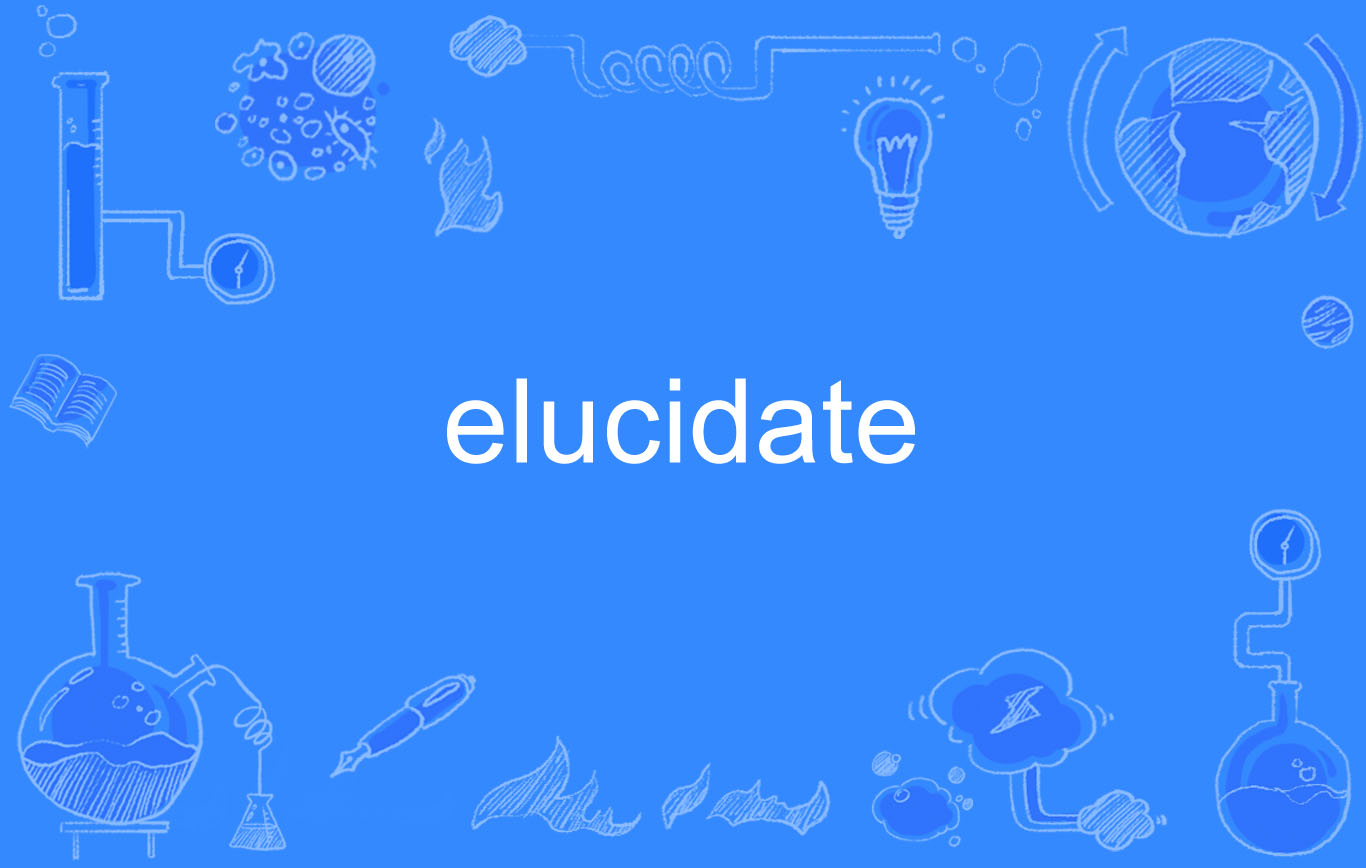

Crystal structure of the nucleosome core particle at 2.8 A resolution. Identification of novel domains within Sox-2 and Sox-11 involved in autoinhibition of DNA binding and partnership specificity. Sequentially acting Sox transcription factors in neural lineage development. The crystal structure of the Sox4 HMG domain–DNA complex suggests a mechanism for positional interdependence in DNA recognition. Diversity and complexity in DNA recognition by transcription factors. Sox proteins: regulators of cell fate specification and differentiation. Negative reciprocity, not ordered assembly, underlies the interaction of Sox2 and Oct4 on DNA. Pluripotency reprogramming by competent and incompetent POU factors uncovers temporal dependency for Oct4 and Sox2. Pioneer factor–nucleosome binding events during differentiation are motif encoded. Pioneer transcription factors target partial DNA motifs on nucleosomes to initiate reprogramming. Excluding Oct4 from Yamanaka cocktail unleashes the developmental potential of iPSCs. Single-molecule dynamics of enhanceosome assembly in embryonic stem cells. Defining, B cell chromatin: lessons from EBF1. Opening of compacted chromatin by early developmental transcription factors HNF3 (FoxA) and GATA-4. The interaction landscape between transcription factors and the nucleosome. Sequence features and chromatin structure around the genomic regions bound by 119 human transcription factors. Defining mechanisms that regulate RNA polymerase II transcription in vivo. Role of SOX2 in maintaining pluripotency of human embryonic stem cells.

Induction of pluripotent stem cells from mouse embryonic and adult fibroblast cultures by defined factors. Cell fate control by pioneer transcription factors. Our results indicate that pioneer transcription factors can use binding energy to initiate chromatin opening, and thereby facilitate nucleosome remodelling and subsequent transcription.

We speculate that this repositioning is incompatible with higher-order nucleosome stacking, which involves contacts of the H4 tail with a neighbouring nucleosome. SOX-factor binding to the nucleosome can also lead to a repositioning of the N-terminal tail of histone H4 that includes residue lysine 16.

The factors also facilitate detachment of terminal nucleosomal DNA from the histone octamer, which increases DNA accessibility. The structures show that SOX factors can bind and locally distort DNA at superhelical location 2. Here we report cryo-electron microscopy structures of the DNA-binding domains of SOX2 and its close homologue SOX11 bound to nucleosomes. SOX2 is a prominent pioneer factor that is essential for pluripotency and self-renewal of embryonic stem cells 3. Pioneer factors can bind nucleosomal DNA to enable gene expression from regions of the genome with closed chromatin. ‘Pioneer’ transcription factors are required for stem-cell pluripotency, cell differentiation and cell reprogramming 1, 2.


 0 kommentar(er)
0 kommentar(er)
